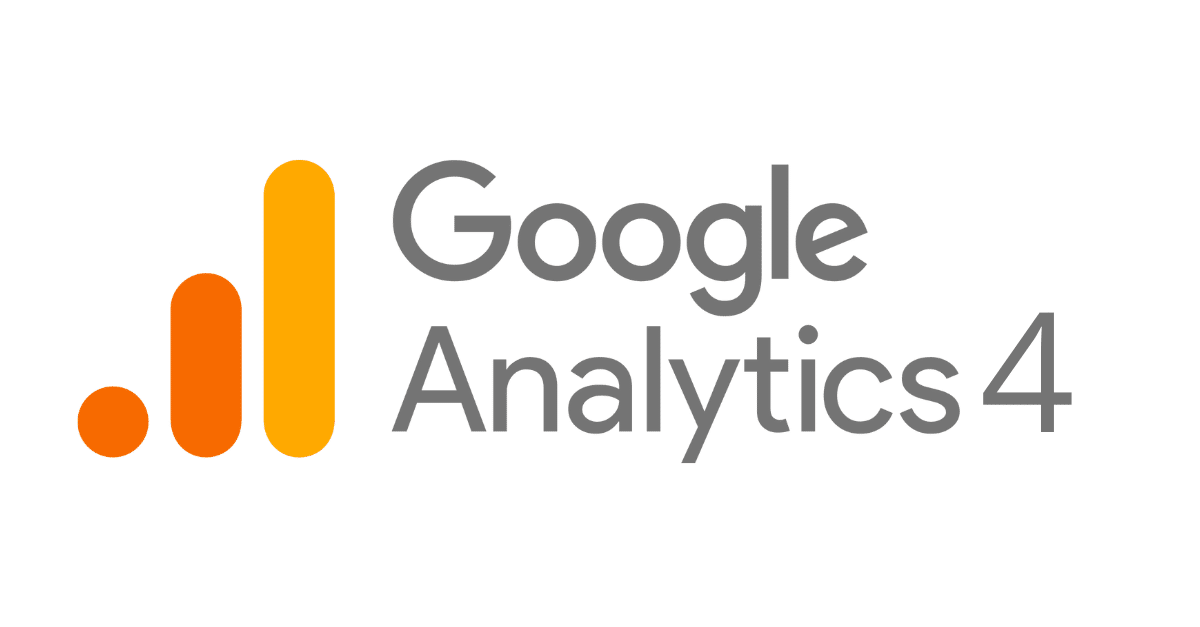Knowledge Base
How Your Website Bounce Rate Works
 At Intrada, we harness the power of Google Analytics, first launched in 2005, to gain insights into website activity and user engagement. We leverage this data to pinpoint where your website excels and where it needs more attention. We can track key metrics such as page views, visitor demographics, and bounce rate through Google Analytics. The bounce rate—the percentage of visitors who enter the site and then leave rather than continuing to view other pages—provides a snapshot of your site's effectiveness in engaging visitors. However, the quality of user engagement is not solely determined by the bounce rate, and it's crucial to delve deeper into the data to make well-informed decisions. With the recent introduction of Google Analytics 4 (GA4), there are changes on the horizon for how bounce rate is handled, which we're adapting to and closely monitoring.
At Intrada, we harness the power of Google Analytics, first launched in 2005, to gain insights into website activity and user engagement. We leverage this data to pinpoint where your website excels and where it needs more attention. We can track key metrics such as page views, visitor demographics, and bounce rate through Google Analytics. The bounce rate—the percentage of visitors who enter the site and then leave rather than continuing to view other pages—provides a snapshot of your site's effectiveness in engaging visitors. However, the quality of user engagement is not solely determined by the bounce rate, and it's crucial to delve deeper into the data to make well-informed decisions. With the recent introduction of Google Analytics 4 (GA4), there are changes on the horizon for how bounce rate is handled, which we're adapting to and closely monitoring.
In Google Analytics, one key term you're likely to encounter is "bounce rate." This metric represents the percentage of visitors who enter your site and then leave ("bounce") rather than continuing to view other pages within the same site. It's a measure of the effectiveness of a website in encouraging visitors to continue with their visit. A high bounce rate isn't always negative; it could indicate that your visitors found precisely what they needed on the first page they landed on. However, a consistently high bounce rate might signal you to evaluate your website's user experience. As Google transitioned to GA4, there were changes afoot regarding how this bounce rate data is gathered and interpreted. So, it's an exciting time to delve deeper into this topic.
Google recently shifted from Universal Analytics (GA or UA) to Google Analytics 4 (GA4)
Google's recent transition from Universal Analytics (GA) to Google Analytics 4 (GA4) brings forth several changes, particularly regarding bounce rate management. In the traditional GA model, a 'bounce' refers to a single-page session on your website. If a user loaded a page and didn't engage further, it was considered a bounce. This metric served as a critical indicator of user engagement and the effectiveness of your site in retaining visitor interest. Some websites would employ pop-ups or require user interaction after 20 or 30 seconds to determine if the user is still active, such as signing up for updates.
However, GA4 adopts a more nuanced approach. Instead of 'bounce rate,' GA4 introduces 'Engaged Sessions.' An 'Engaged Session' is when a user spends at least 10 seconds on your site, when a user has two or more screen or page views, or when a conversion event occurs. This more comprehensive and holistic perspective on user engagement provides web admins with a richer understanding of user behavior and site performance. The shift to GA4, therefore, requires a paradigm shift in how we interpret our website analytics.
Engaged Sessions
 |
So why is Google making this switch? One reason could be the rise of single-page applications (SPAs). These websites function as a single page, with all content dynamically loaded rather than accessed through multiple unique URLs. With traditional GA, SPAs can result in a high bounce rate due to the one-page session duration measurement. However, the new calculation method in GA4 will better reflect user interactions within a SPA.
Another factor that influenced this change is the increasing importance of mobile usage. With more and more users accessing websites through their phones, traditional bounce rate data can be skewed by quick clicks on links or taps to exit the page. The updated calculation method in GA4 will consider these interactions, providing a clearer picture of how visitors engage with your site.
As you can see, GA4 is set to bring more accurate and insightful data regarding bounce rate. So, you're concerned about your website's performance keeping visitors interested and engaged. In that case, paying attention to this metric and the changes Google is making in tracking it is essential. Keep an eye out for future updates on GA4 and how it can help improve your website's
Other Changes in Google Analytics and GA4
In addition to the shift from 'bounce rate' to 'Engaged Sessions,' Google Analytics 4 (GA4) has introduced several other changes that provide a more robust and comprehensive understanding of user behavior and website performance. One such change is the focus on event-based tracking. In traditional Google Analytics, data collection was primarily session-based. However, GA4's event-based model allows for a more detailed analysis of user actions on your site, such as clicks, page scrolls, video views, and form submissions.
GA4 also introduces 'BigQuery Export,' a powerful tool for managing and analyzing large datasets. With BigQuery Export, you can access raw, unsampled event data, enabling you to conduct deep dives into your website analytics and extract valuable insights to inform your decision-making process.
Another significant update is the introduction of 'Analysis Hub,' a flexible, customizable space for data exploration and visualization. With Analysis Hub, you can create custom reports and analyses to uncover unique insights into your website's performance and user engagement.
One of the most noteworthy changes in GA4 is its improved integration with Google Ads, enhancing your ability to track conversions and measure the effectiveness of your advertising campaigns. Furthermore, GA4's machine learning capabilities enable predictive metrics, giving you a glimpse into future trends based on your existing data.
The transition to GA4 ushers in a new era of data analytics, providing a more detailed, nuanced, and actionable understanding of your website's performance. It requires an adjustment in how we interpret and utilize analytics data, but the potential benefits make this transition worth embracing.
How Can Intrada Help?
In conclusion, comprehending and effectively utilizing GA4 while navigating and leveraging these changes can be complex. This is where Intrada comes in. As a Google Partner and experts in digital strategies, we are here to guide you through the transition, ensuring you fully grasp and harness the power of GA4 to manage, grow, and optimize your website traffic. At Intrada, our development team continually invests in training and research related to these advancements, ready to help you capitalize on this innovative approach to data analytics. Partner with Intrada, and let's grow together in this new era of Google Analytics.
|
Contact Information: |
Hours of Operation: |
OUR FOCUS
Intrada Technologies is a full-service web development and network management company with a focus on creating ongoing, trusted partnerships with each of our clients.
We make sure our clients have what they require to run their businesses with maximum efficiency and reliability, as many of their needs are mission-critical.
Our unique, collaborative partnerships allow us to provide our clients with the assurance that we will be there when they need us.


